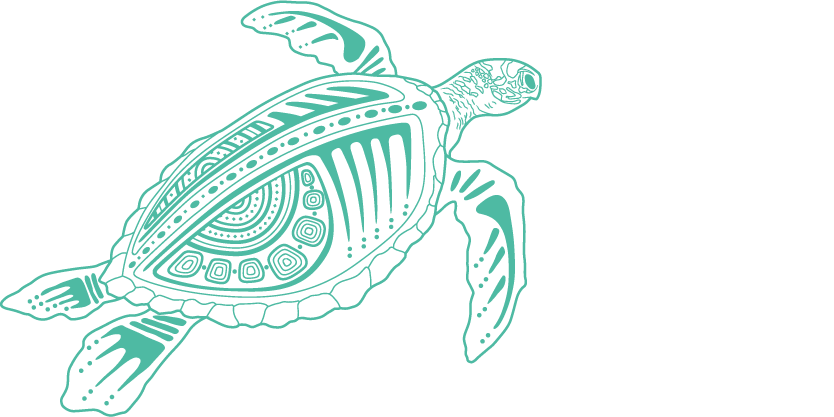36.
Queensland Museum 2022, Wetlands of Queensland: Queensland Museum discovery guide/published in partnership with the Department of Environment and Science, South Brisbane.
110.
State of Queensland (Department of Environment Science and Innovation) 2023, Biodiversity status of pre-clearing and 2021 remnant regional ecosystems - Queensland series, Version 6.13 edn.
111.
Joyce, K. 2006, Wetland Management Profile: Mangrove Wetlands, Department of Environment and Science.
112.
Michie, M. 1993, The use of mangroves by Aborigines in northern Australia, Channel Island Field Study Centre Occasional Paper (No. 5).
113.
Kanno, S., Heupel, M.R., Sheaves, M.J. and Simpfendorfer, C.A. 2023, Mangrove use by sharks and rays: a review, Marine Ecology Progress Series 724: 167-183.
114.
Kitchingman, M.E., Sievers, M., Lopez-Marcano, S. and Connolly, R.M. 2023, Fish use of restored mangroves matches that in natural mangroves regardless of forest age, Restoration Ecology 31(1): e13806.
115.
Wells, S. and Ravilious, C. 2006, In the front line: shoreline protection and other ecosystem services from mangroves and coral reefs, UNEP/Earthprint.
116.
Duke, N.C. 2006, Australia's Mangroves: The Authoritative Guide to Australia's Mangrove Plants, University of Queensland, Brisbane.
-
118.
Bouillon, S., Rivera-Monroy, V.H., Twilley, R.R. and Kairo, J.G. 2009, Mangroves, in The Management of Natural Coastal Carbon Sinks, eds D. Laffoley and G. Grimsditch, IUCN, Gland, Switzerland, pp. 53.
119.
Hagger, V., Worthington, T.A., Lovelock, C.E., Adame, M.F., Amano, T., et al. 2022, Drivers of global mangrove loss and gain in social-ecological systems, Nature Communications 13(1): 6373.
120.
Barker, B. and Lamb, L. 2022, Wunjunga midden: Late Holocene change, site preservation and open midden sites on the Central Queensland Coast, Australian Archaeology 88(3): 318-327.
121.
Chamberlain, D., Phinn, S. and Possingham, H. 2020, Remote sensing of mangroves and estuarine communities in central Queensland, Australia, Remote Sensing 12(1): 197.
122.
Rowland, P.I., Hagger, V. and Lovelock, C.E. 2023, Opportunities for blue carbon restoration projects in degraded agricultural land of the coastal zone in Queensland, Australia, Regional Environmental Change 23(1): 42.
123.
Hamylton, S., Kelleway, J., Rogers, K., McLean, R., Tynan, Z.N., et al. 2023, Mangrove expansion on the low wooded islands of the Great Barrier Reef, Proceedings Royal Society B 290(2010): 20231183.
124.
Saintilan, N., Khan, N.S., Ashe, E., Kelleway, J.J., Rogers, K., et al. 2020, Thresholds of mangrove survival under rapid sea level rise, Science 368(6495): 1118-1121.
125.
Duke, N.C., Canning, A.D. and Mackenzie, J.R. 2024, 15. More Intense Severe Tropical Cyclones in Recent Decades Cause Greater Impacts on Mangroves Bordering Australia’s Great Barrier Reef, in Oceanographic Processes of Coral Reefs. Physical and Biological Links in the Great Barrier Reef, eds M. Kingsford and E. Wolanski, CRC Press, Boca Raton, Florida, pp. 226-252.
126.
Lymburner, L., Bunting, P., Lucas, R., Scarth, P., Alam, I., et al. 2020, Mapping the multi-decadal mangrove dynamics of the Australian coastline, Remote Sensing of Environment 238: 111185.
-
128.
Wet Tropics Waterways, 2. 2023, Wet Tropics Report Card 2023 reporting on data from July 2021 to June 22. Waterway Environments: Results, Wet Tropics Waterways and Terrain NRM, Innisfail.
129.
Healthy Rivers to Reef Partnership Mackay-Whitsunday-Isaac 2023, The Mackay-Whitsunday-Isaac 2022 Report Card (reporting on waterway health data collected between July 2021 and June 2022).
130.
McKenzie, L., Pineda, M., Grech, A. and Thompson, A. 2024, 2022 Scientific Consensus Statement: Summary | Evidence Statement for Question 1.2/1.3/2.1: What is the extent and condition of Great Barrier Reef ecosystems, and what are the primary threats to their health? in 2022 Scientific Consensus Statement on land-based impacts on Great Barrier Reef water quality and ecosystem condition, eds J. Waterhouse, M. Pineda and K. Sambrook, Commonwealth of Australia and Queensland Government.


